We underestimated the size of the Great Pacific Garbage Patch—by 16 times
Less than a year ago, the scientific community thought the Great Pacific Garbage Patch was about the size of France. As tends to be the case with bad news about plastic pollution, the reality is worse than we thought. The massive floating agglomeration of plastic debris between California and Hawaii is actually the size of three Frances. Put another way, it’s twice the size of Texas.
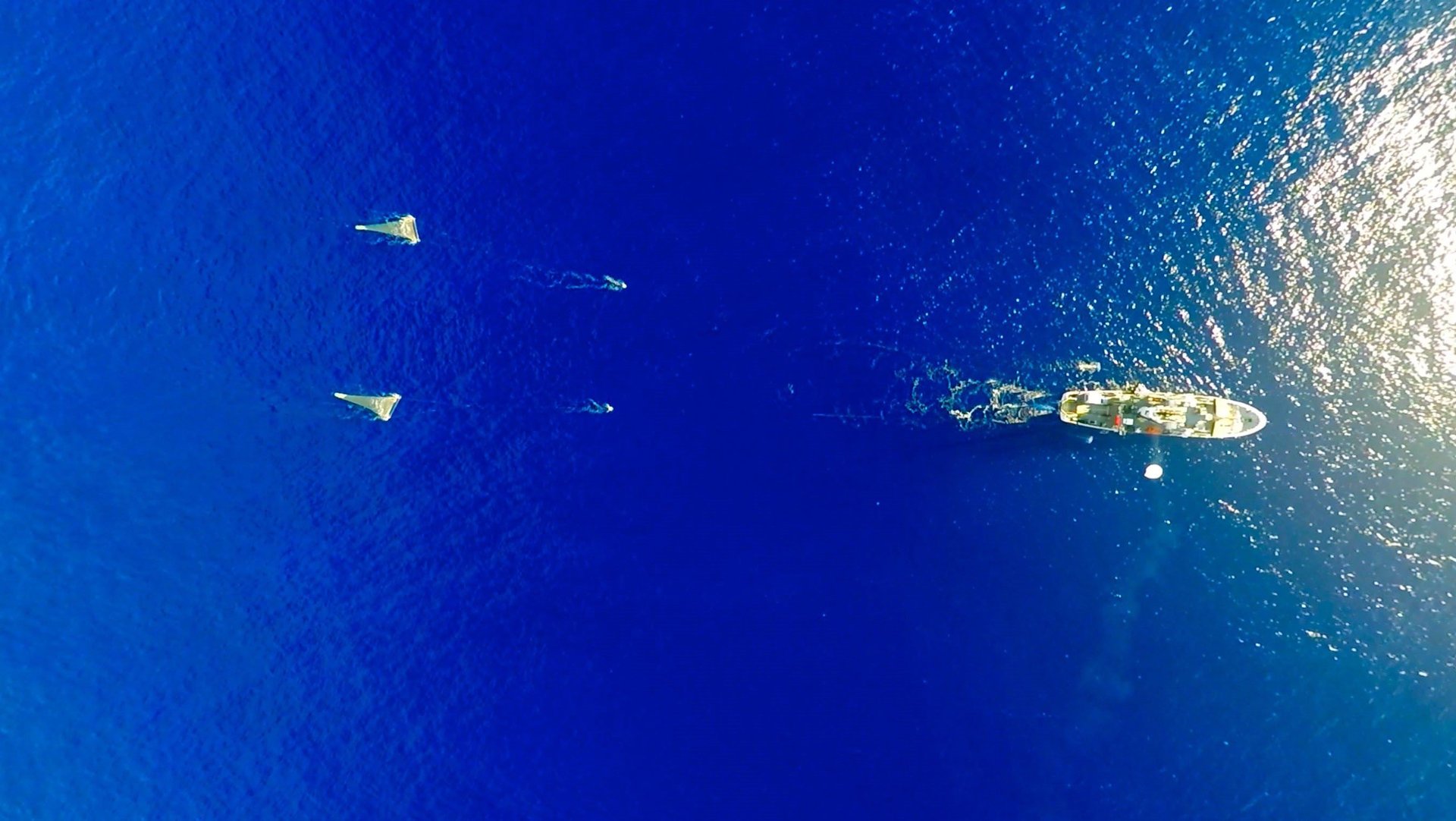

Less than a year ago, the scientific community thought the Great Pacific Garbage Patch was about the size of France. As tends to be the case with bad news about plastic pollution, the reality is worse than we thought. The massive floating agglomeration of plastic debris between California and Hawaii is actually the size of three Frances. Put another way, it’s twice the size of Texas.
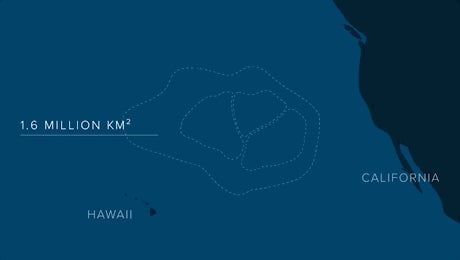
That’s according to the results of a three-year study published on March 22 in the journal Scientific Reports, which used new methods to determine the size and makeup of the Great Pacific Garbage Patch.
While other estimates of the size of the patch used a few vessels with nets attached and extrapolated from what they picked up, the Ocean Cleanup Foundation, funded in part by the Dutch government, used a fleet of 18 boats which crossed a central section of the patch simultaneously, dragging trawl nets behind them.
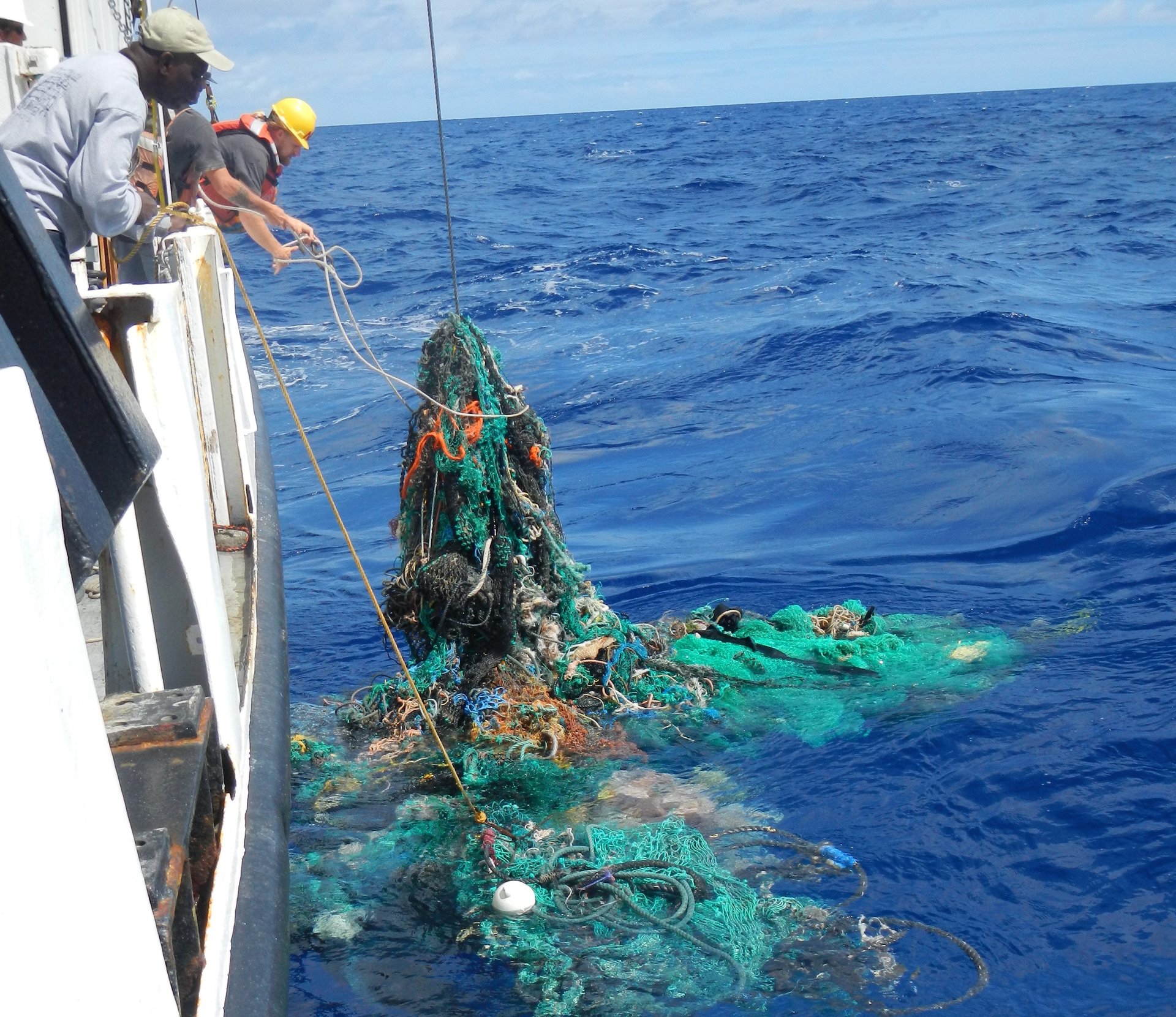
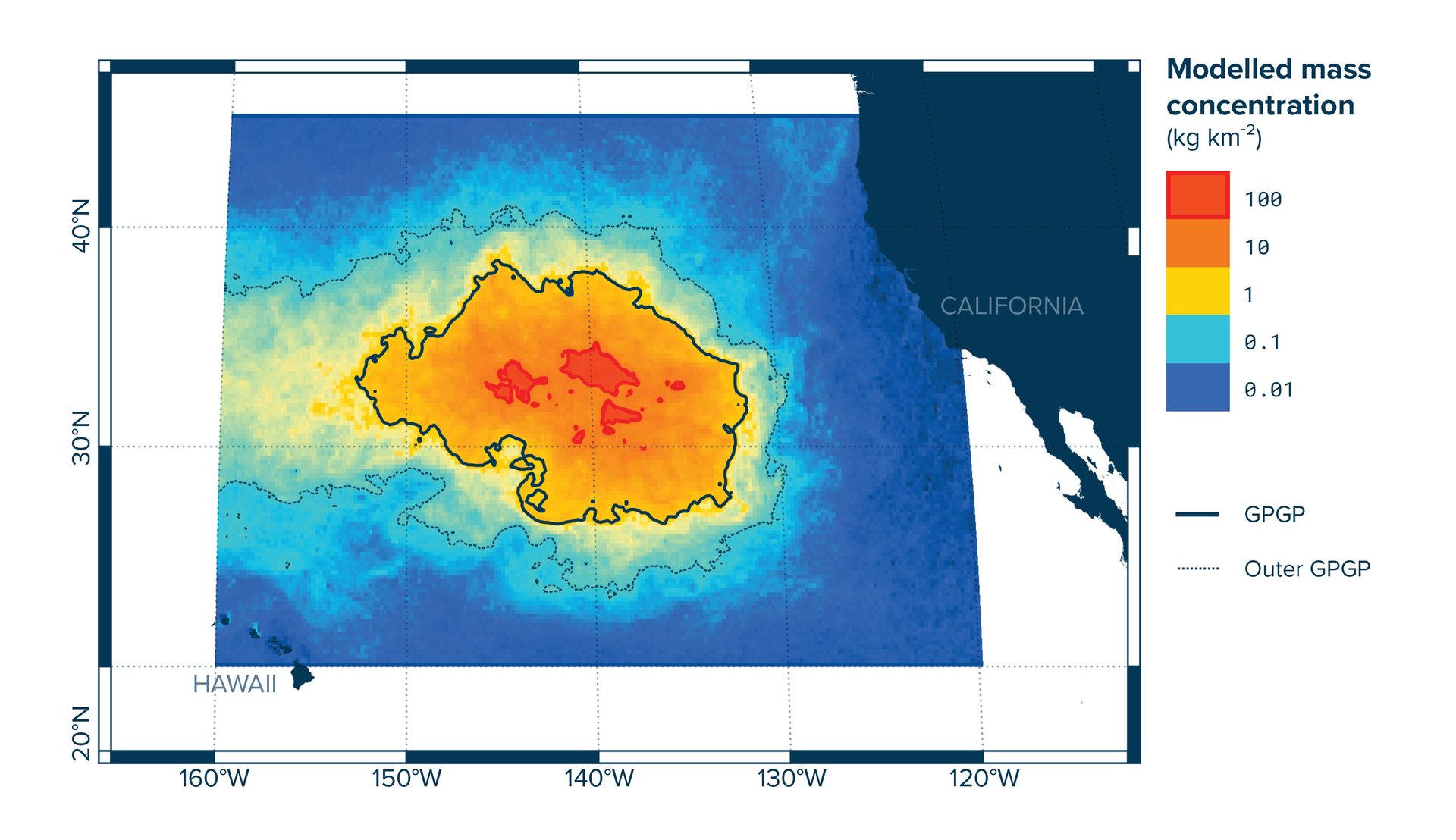
But that still only covered one section of the floating-trash graveyard; the researchers decided the only way to get a full picture of the size of the plastic patch would be from above. So they converted a former military aircraft into a research plane, and used it to take aerial images that identified larger pieces of trash floating among the billions of tinier pieces.
After three years of carefully counting and grouping bits of debri picked up by the boats and incorporating data from the flyovers, the researchers came up with a number: They estimate the patch covers 1.6 million square km (slightly less than 1 million square miles), or three times the size of France. Within that, there are roughly 80,000 tons of plastic, which is a mass four to 16 times greater than any previous estimate.
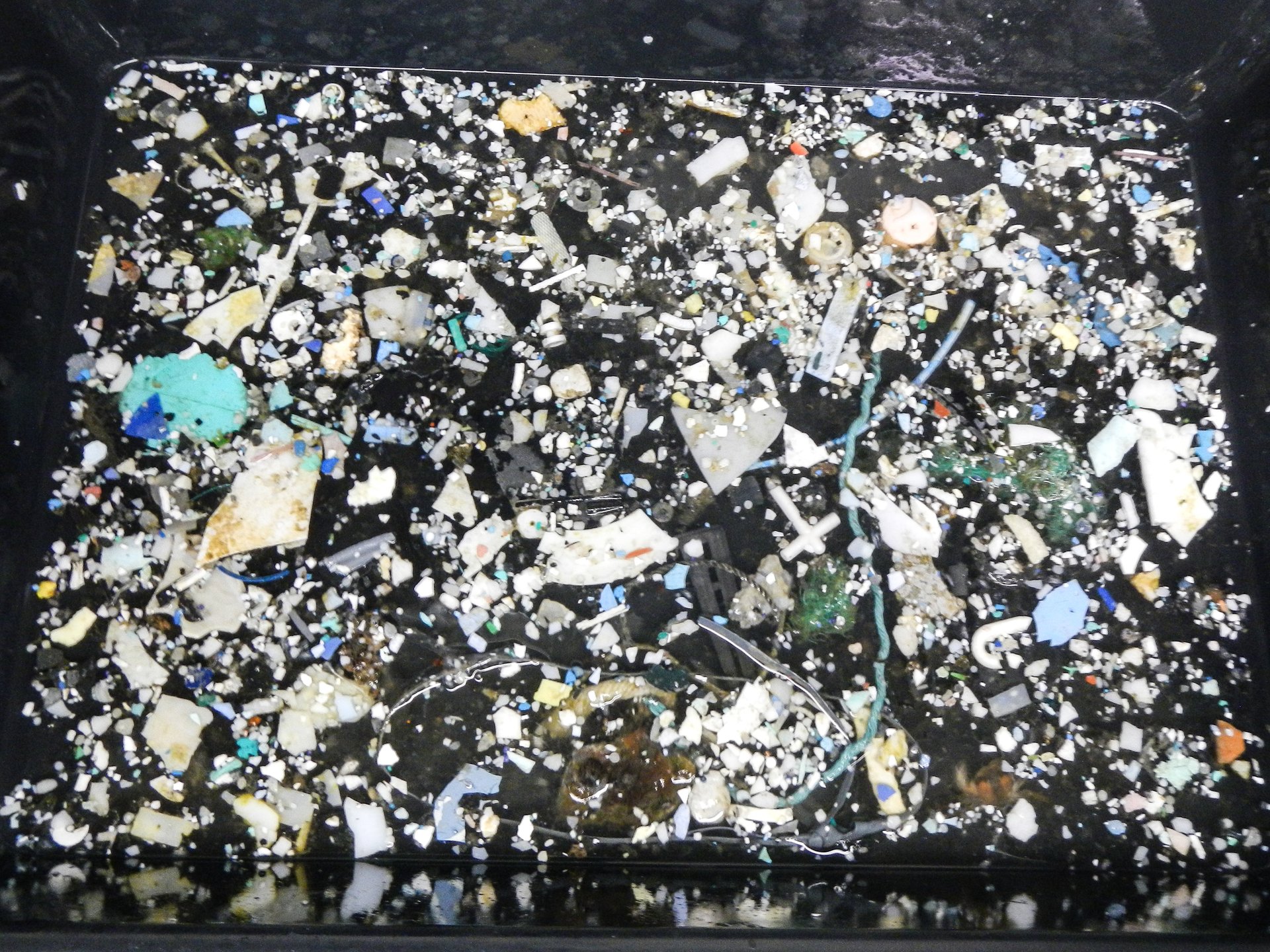
To put that in perspective, the researchers note that 80,000 tons of plastic has the heft of 500 jumbo jets.
About 46% of the total mass of the patch is made up of discarded fishing gear. The rest is trillions of pieces consumer plastic, swept off land and into the sea.
Much of the plastic that ends up in the water breaks down into “microplastics” after a few years at sea. Microplastics are extremely small fragments of plastic, classified as anything between 0.05 centimeters (.02 inches) to 0.5 cm in diameter. In total, the new study estimates there are 1.8 trillion plastic pieces, or 250 for every person on earth. Of them, 94% are microplastics, according to the researchers.
They also found the density of microplastics within the patch have gone up significantly; from 0.4 kilograms (0.9 pounds) of microplastics found in every square kilometer in the 1970s to 1.23 kg per sq km in 2015. Those measurements “suggest that ocean plastic pollution within the [Great Pacific Garbage Patch] is increasing exponentially,” the researchers write.
That makes sense, since global plastic production continues to skyrocket:
Meanwhile, very little plastic gets recycled: